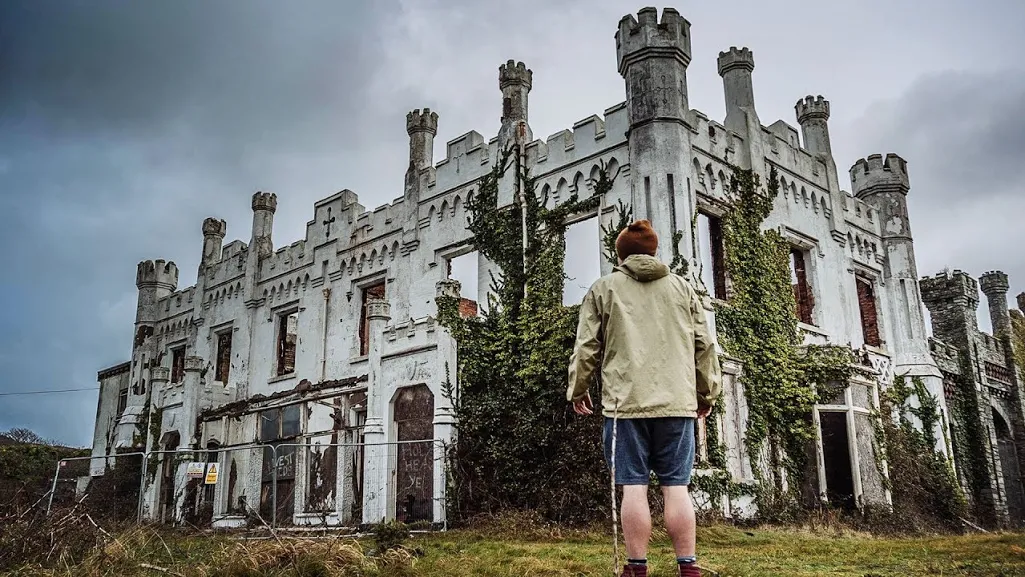
The designs for the elaborately decorated buildings were drafted by Bannerman himself, but the constructors were allowed to interpret these designs on their own. In 1900, the family purchased the island as a safe storage site and, a year later, construction began on a Scottish-style castle and residence. Fortunately for Bannerman, his son David happened across Pollepel Island while canoeing on the Hudson. So much equipment and ammunition was acquired in this transaction that city laws forced the businessman to look for storage outside of city limits. With an appetite for growth, Bannerman bought 90% of the US army surplus after the Spanish-American War, some of which was salvaged from the sunken USS Maine. It is estimated that 50% of the commemorative cannons placed in public areas throughout the United States were purchased through Bannerman’s. Army regiments bought from Bannerman during World War I.

His customers ranged from the early American film industry to Buffalo Bill. Some notable merchandise sold by Bannerman included cannons from the Battle of Yorktown, unopened crates of Civil War uniforms, and relics from Admiral Perry’s expedition to the Arctic Circle.
ABANDONED CASTLE ON ISLAND FULL
The business, called Bannerman’s, went from selling scrap metal and munitions, to full ships that Francis purchased at Navy auctions. In 1865, at the age of 14, Francis founded his own company to sell military surplus goods.

While living and attending school in Brooklyn, New York, Francis began collecting and selling scrap from the harbor. It is indeed the remains of an empire.įrancis Bannerman was born in Dundee, Scotland in 1851 and immigrated to the United States at the age of three. On it stands what appears to be a crumbling Scottish castle.
/cdn.vox-cdn.com/uploads/chorus_image/image/60141281/IMG_8868.0.jpg)
About 50 miles north of New York City, and only a thousand feet from the Hudson River’s eastern shore, there is a small, rocky island named Pollepel.


 0 kommentar(er)
0 kommentar(er)
